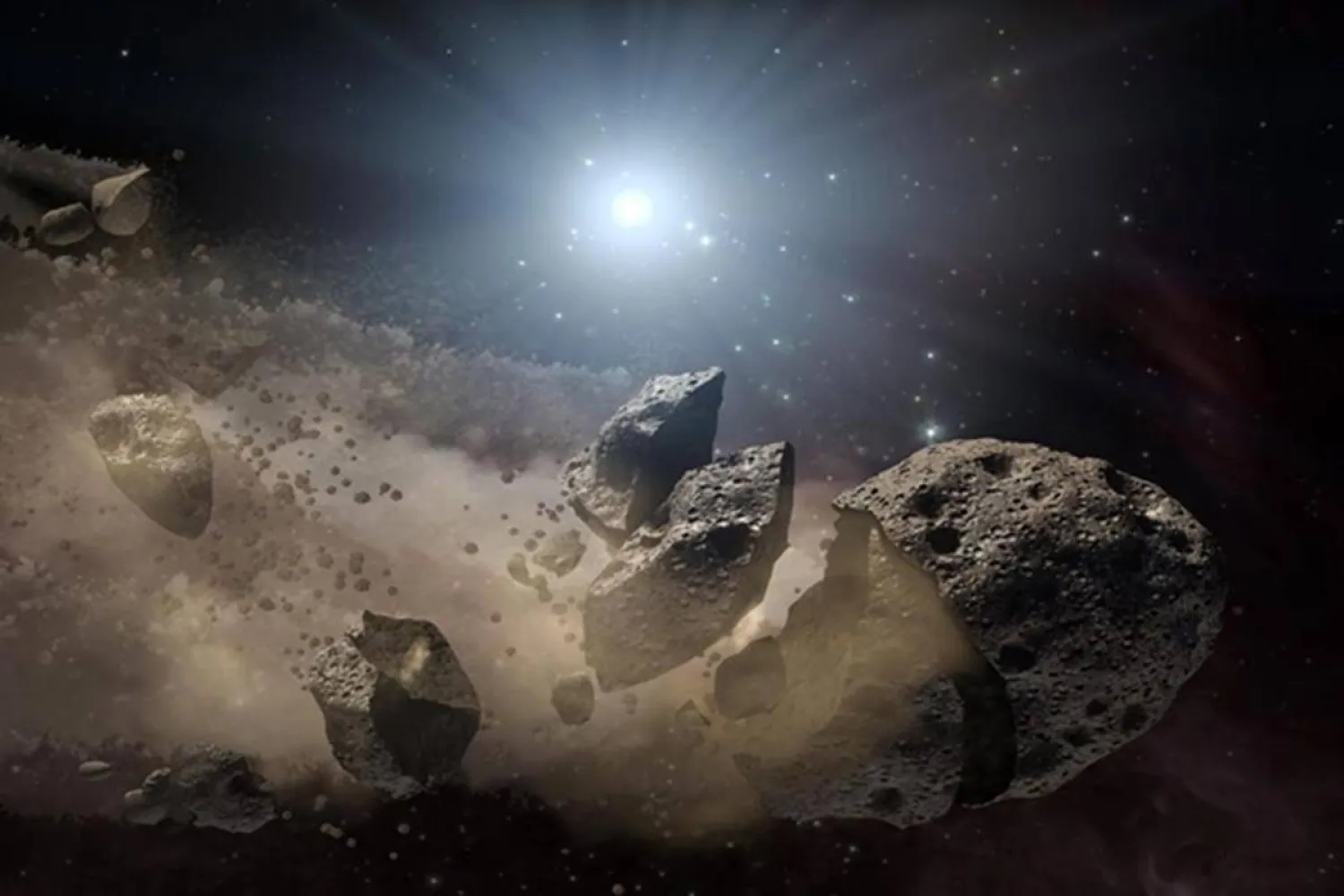The largest asteroid to pass by Earth this year will approach within some 1.25 million miles (two million kilometers) of our planet on March 21, NASA said Thursday.
The US space agency said it will allow astronomers to get a rare close look at an asteroid.
The asteroid, 2001 FO32, is estimated to be about 3,000 feet in diameter and was discovered 20 years ago, NASA said.
"We know the orbital path of 2001 FO32 around the Sun very accurately," said Paul Chodas, director of the Center for Near Earth Object Studies. "There is no chance the asteroid will get any closer to Earth than 1.25 million miles."
That is roughly 5.25 times the distance of the Earth from the Moon but still close enough for 2001 FO32 to be classified as a "potentially hazardous asteroid."
NASA said 2001 FO32 will pass by at about 77,000 miles per hour faster than the speed at which most asteroids encounter Earth.
"Currently, little is known about this object, so the very close encounter provides an outstanding opportunity to learn a great deal about this asteroid," said Lance Benner, principal scientist at NASA's Jet Propulsion Laboratory.
AFP quoted NASA as saying that astronomers hope to get a better understanding of the asteroid's size and a rough idea of its composition by studying light reflecting off its surface.
"When sunlight hits an asteroid's surface, minerals in the rock absorb some wavelengths while reflecting others," NASA said. "By studying the spectrum of light reflecting off the surface, astronomers can measure the chemical 'fingerprints' of the minerals on the surface of the asteroid."
Amateur astronomers in some parts of the globe should be able to conduct their own observations.
"The asteroid will be brightest while it moves through southern skies, Chodas said.
"Amateur astronomers in the southern hemisphere and at low northern latitudes should be able to see this asteroid using moderate size telescopes with apertures of at least eight inches in the nights leading up to closest approach, but they will probably need star charts to find it."
NASA said more than 95 percent of near-Earth asteroids the size of 2001 FO32 or larger have been catalogued and none of them has any chance of impacting our planet over the next century.









